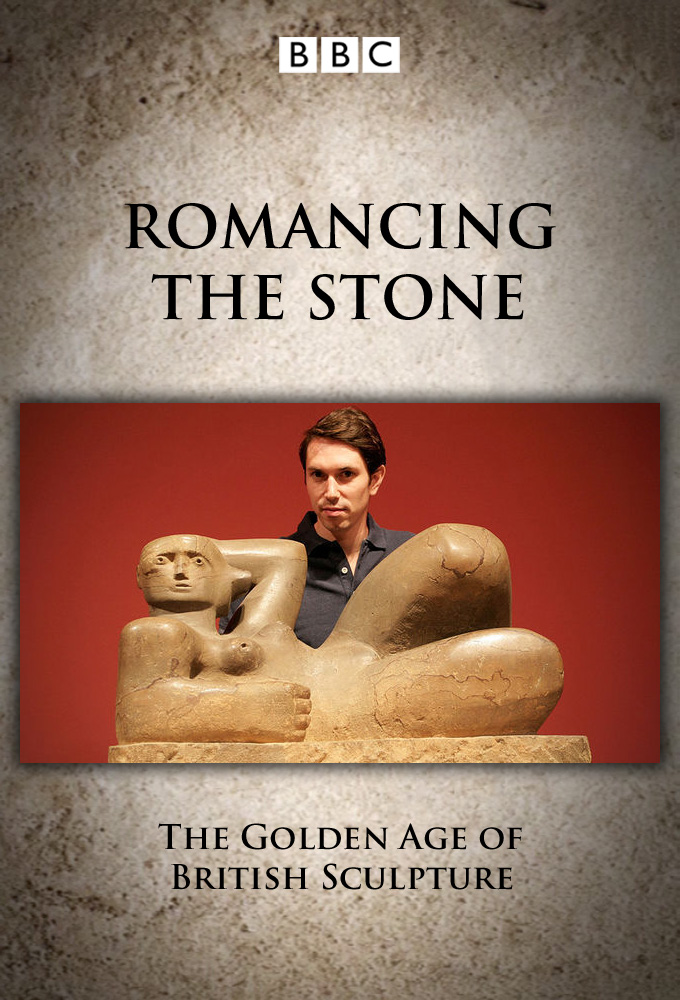
Romancing the Stone
Non notée
Année : 2011
Nombre de saisons : 1
Durée moyenne d'un épisode : 60 minutes
Genre(s) : Documentaire
Series which reveals how sculpture communicates our most cherished beliefs and values - the British soul captured in three dimensions
Saisons

Saison 1
Épisodes
Choisissez votre saison au dessus et découvrez les épisodes qui vous attendent !
Épisode 1 - Masons of God
9 février 2011
Alastair Sooke reveals the astonishing range of our medieval sculpture, from the imposing masterpieces of our Gothic cathedrals to the playful misericords underneath church stalls. He shows how sculpture casts a new light on medieval Britain, a far more sophisticated, fun-loving and maverick place than we in the modern world commonly believe. But despite the technical and emotional power of these works, the notion of a 'sculptor' didn't even exist - most carving of the time was done by teams of itinerant masons and artisans working for the Church. The names of some, like William Berkeley are known, but most are lost to history. This first golden age came to an end with Henry VIII's Reformation of the Church, unleashing a wave of destruction that it would take centuries to recover from.
Épisode 2 - Mavericks of Empire
16 février 2011
By the middle of the 18th century, Britain was in possession of a vast empire. It required a new way of seeing ourselves and so we turned to the statues of ancient Greece and Rome to project the secular power and glory of the British Empire. The message was clear - Britain was the new Rome, our generals and politicians on a par with the heroes of the ancient world. The flood of funds, both public and private, into sculptural projects unleashed a new golden age, yet it was also a remarkably unorthodox one. The greatest sculptors of the 18th and 19th centuries were those mavericks who bucked prevailing trends - geniuses like John Flaxman, Francis Chantrey and Alfred Gilbert. Alastair Sooke tells the story of these mavericks and reveals the extraordinary technical breakthroughs behind their key works - carving in marble with a pointer machine and the primal power of the 'lost-wax technique'.
Épisode 3 - Children of the Revolution
23 février 2011
'Sculpture has changed more in the last hundred years,' says Alastair Sooke, 'than in the previous thirty thousand.' The third and last episode of the series tells the dramatic story of a century of innovation, scandal, shock and creativity. It begins with the moment at the turn of the 20th century when young sculptors ceased visiting the Elgin Marbles at the British Museum and looked instead at the 'primitive' works of Africa and the Pacific islands. The result was an artistic revolution spearheaded by Eric Gill and Jacob Epstein that would climax in the anti-sculptural gestures of Gilbert & George and Damien Hirst. Yet for all the provocation and occasional excesses of conceptualism, sculpture has never enjoyed such popularity. From the memorials of World War One to the landmarks of Antony Gormley and Rachel Whiteread, sculpture remains the art form that speaks most directly and powerfully to the nation. The programme climaxes with a series of encounters between Alastair and leading sculptors Damien Hirst, Rachel Whiteread, Antony Gormley and Anthony Caro.
Vidéos
Oups aucune vidéo pour le moment... Revenez plus tard pour des aventures en images !

Aucun avis pour le momment...